PPT-The British Empire and Victorian Britain
Author : cheryl-pisano | Published Date : 2017-05-05
Sam Alexanders book cover 1880 Queen Victorian and her Indian servant Abdul Karim the Munshi I am so very fond of him He is so good and gentle and understanding
Presentation Embed Code
Download Presentation
Download Presentation The PPT/PDF document "The British Empire and Victorian Britain" is the property of its rightful owner. Permission is granted to download and print the materials on this website for personal, non-commercial use only, and to display it on your personal computer provided you do not modify the materials and that you retain all copyright notices contained in the materials. By downloading content from our website, you accept the terms of this agreement.
The British Empire and Victorian Britain: Transcript
Download Rules Of Document
"The British Empire and Victorian Britain"The content belongs to its owner. You may download and print it for personal use, without modification, and keep all copyright notices. By downloading, you agree to these terms.
Related Documents

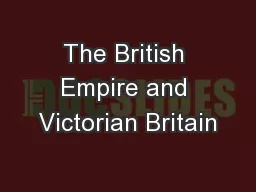
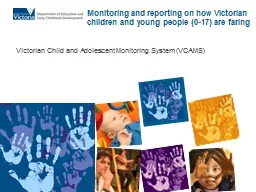

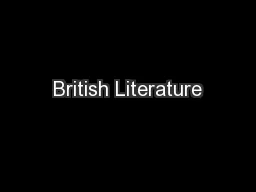

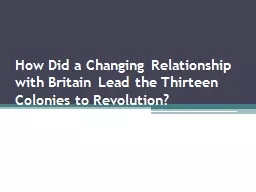
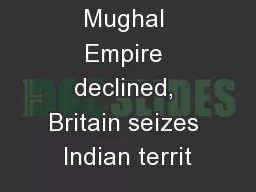
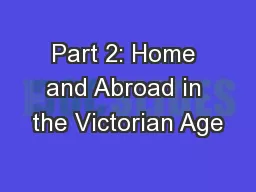
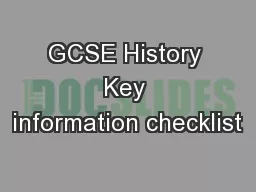

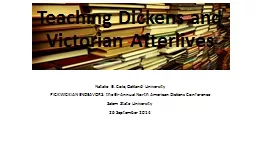
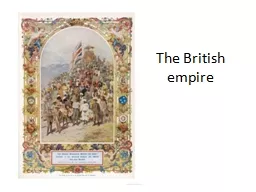
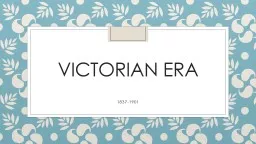
![[EBOOK]-The Victorian Eye: A Political History of Light and Vision in Britain, 1800-1910[EBOOK]-The](https://thumbs.docslides.com/956551/ebook-the-victorian-eye-a-political-history-of-light-and-vision-in-britain-1800-1910-ebook-the-victorian-eye-a-political-history-of-light-and-vision-in-britain-1800-1910.jpg)